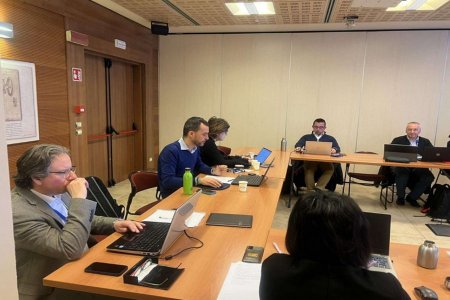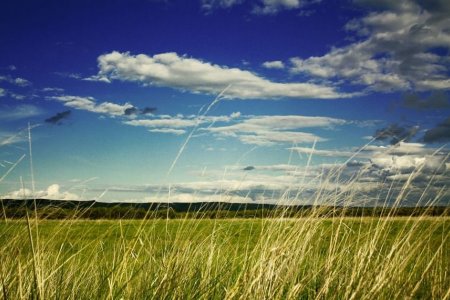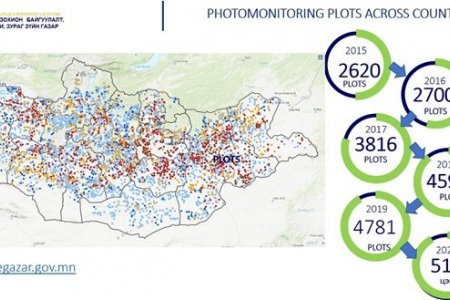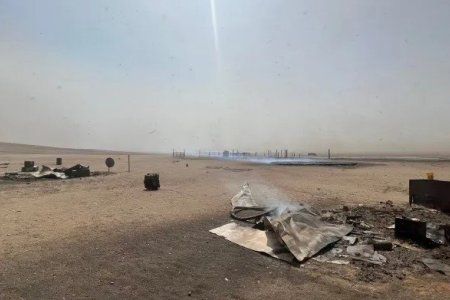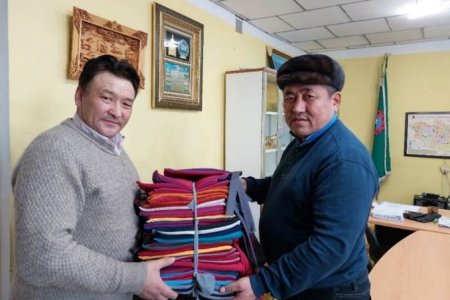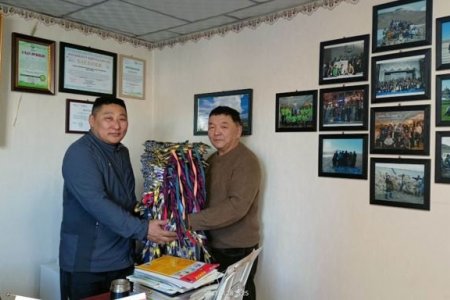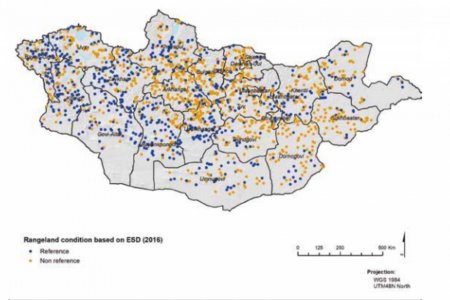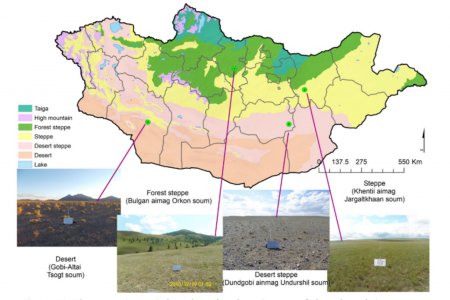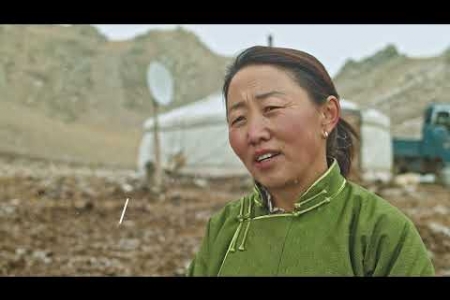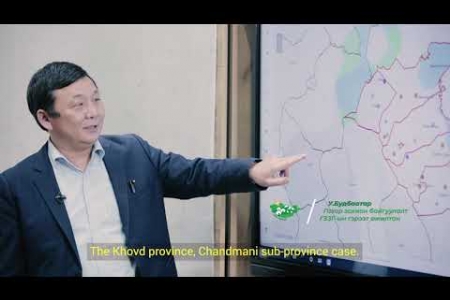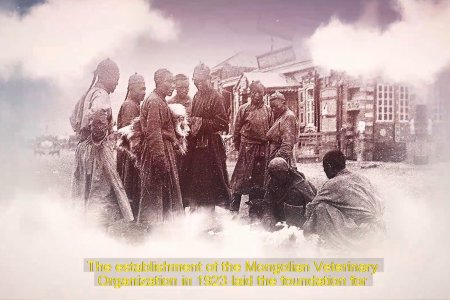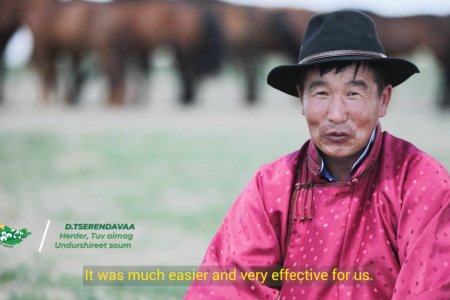The technical Committee of Textile Standardization (ISO/TC 38/WG 33) is beginning the creation of international standard on Animal welfare in supply chain– Product specification for the production, preparation, labeling and traceability of cashmere from beginning of 2024.
ДэлгэрэнгүйAiming to provide a comprehensive analysis of climate risks for children in Mongolia, the study assesses the current state of climate change, reviews national policy measures, examines environmental impacts on children, and proposes actionable recommendations for child-sensitive climate policies.
ДэлгэрэнгүйAbout 72 percent of Mongolia’s total territory of 1.56 million square kilometers is considered grazing land; ranging from desert to desert-steppe, steppe, forest-steppe, taiga, and high mountain which provide forage for livestock, habitat for wildlife and important watershed functions. Mongolia has one of the largest, intact, temperate rangeland ecosystems in the world and a nomadic heritage thousands of years old.
ДэлгэрэнгүйThe forest and wild fires are the frequent news in each spring. It is impracticable to point out the fires affect how many hectares of land and forests and how large is the damages to the environment.
ДэлгэрэнгүйMongolian National Federation of Pasture User Groups of Herders has been working with Terre De Cashmere, South Korean company to introduce the “Responsible Nomads” standard-Code of Practice since 2022
ДэлгэрэнгүйNFPUG 는 2022년부터 미국의 Textile Exchange 비정부기구 및 대한민국 Terre De Cashmere와 Responsible Nomad 표준을 도입하기 위하여 협력하여 일하고 있습니다.
ДэлгэрэнгүйKhovd, Zavkhan, Dornod, and Sukhbaatar aimags between 2021 and 2028.
ДэлгэрэнгүйDeep gratitude is owed to Country Directors of the Swiss Agency for Development and Cooperation in Mongolia: Mr. Markus Dubach, Mr. Felix Fellmann, Mr. Markus Waldvogel, and Ms. Gabriella Spirli for the leadership and untiring support for building the national capacity to safeguard the health of Mongolian rangelands
ДэлгэрэнгүйMongolia is amongst the fewer nations that preserved nomadic livestock husbandry. Nevertheless, the changes in the social, political and economic systems of the country have led to a steady increase in the number of livestock following the transfer of livestock to private ownership and the shift to a free market system. As a result, decrease in the frequency and distances of seasonal migrations of herder families and herds, have increased the pressure on rangelands and accelerated damages
ДэлгэрэнгүйGlaciers are an important component of nature, formed by precipitation in high mountainous areas. According to domestic and foreign researchers, the formation of glaciers in Mongolia is likely to be the result of a severe cold spell that lasted about 12,000 years ago. There are two types of glaciers on our planet: continental or Antarctica, Greenland, and mountain or alpine. There are only mountain glaciers in Mongolia
Дэлгэрэнгүй





